Dell E6410 I5-520M|4G|250G|14 inch
Dell Latitude E6410 ở HCM, I5 520M, 4GB, 250G, VGA onboard. Mới 95%-97%, hàng đẹp. Dell E6410 I5 520M ở Gò Vấp. Hàng chính hãng Dell. Gia 4.2T
- Giá bán:4,200,000 vnđ
Bán Dell Latitude E6410 ở HCM, Laptop xách tay cũ

Video Reviews sản phẩm Dell latitude E6410
Laptop Dell Latitude E6410 I5 520M, màn hình 14 in
Đặc điểm Dell Latitude E6410 ở HCM:
- Máy chạy nhanh các ứng dụng văn phòng với CPU nâng cấp cao nhất là I7
- Ngoại hình màu đen rất đẹp, có hoa văn.
- Loa nghe nhạc to, rõ và khá hay.
- Hàng nhập khẩu, sử dụng rất ổn định.
- Màn hình chống chói, phân giải 1280x800, 1440x900 chuẩn.
Đối tượng dùng:
+ Sinh viên - nhân viên văn phòng - học sinh - sử dụng cho văn phòng, giải trí, game.
------------------
Cấu hình Dell Latitde E6410:
CPU: Intel core I5 520M, 4 CPU, 4 CPU, 4x2.4Ghz
Ram: DDR3 4GB bus 1333MHz
HDD: 250GB sata 2
VGA: Intel HD Graphics
Màn hình: 14 in Led, chống chói mắt, phân giải 1280x800, 1440x900
Pin 6 cell sài >1H30 liên tục
Ngoại hình: còn đẹp 95% -> 98%
Dell Latitude E6410 ở HCM
Giá: 4.200.000 VND - BH 3 tháng 1 đổi 1 - Main Zin 100%
Gọi ngay 0907 924 921 - Long 30T để được tư vấn cách sử dụng, mua hàng nhé!!!
Liên hệ mua hàng và tư vấn:
Hotline: 0907 924 921 - A. Long 31T
Add: 116/28 Dương Quảng Hàm, F5, Gò Vấp, HCM
(gần chợ Gò Vấp Tphcm)

Đường đi bên 116/28 Dương Quảng Hàm (Gò Vấp)
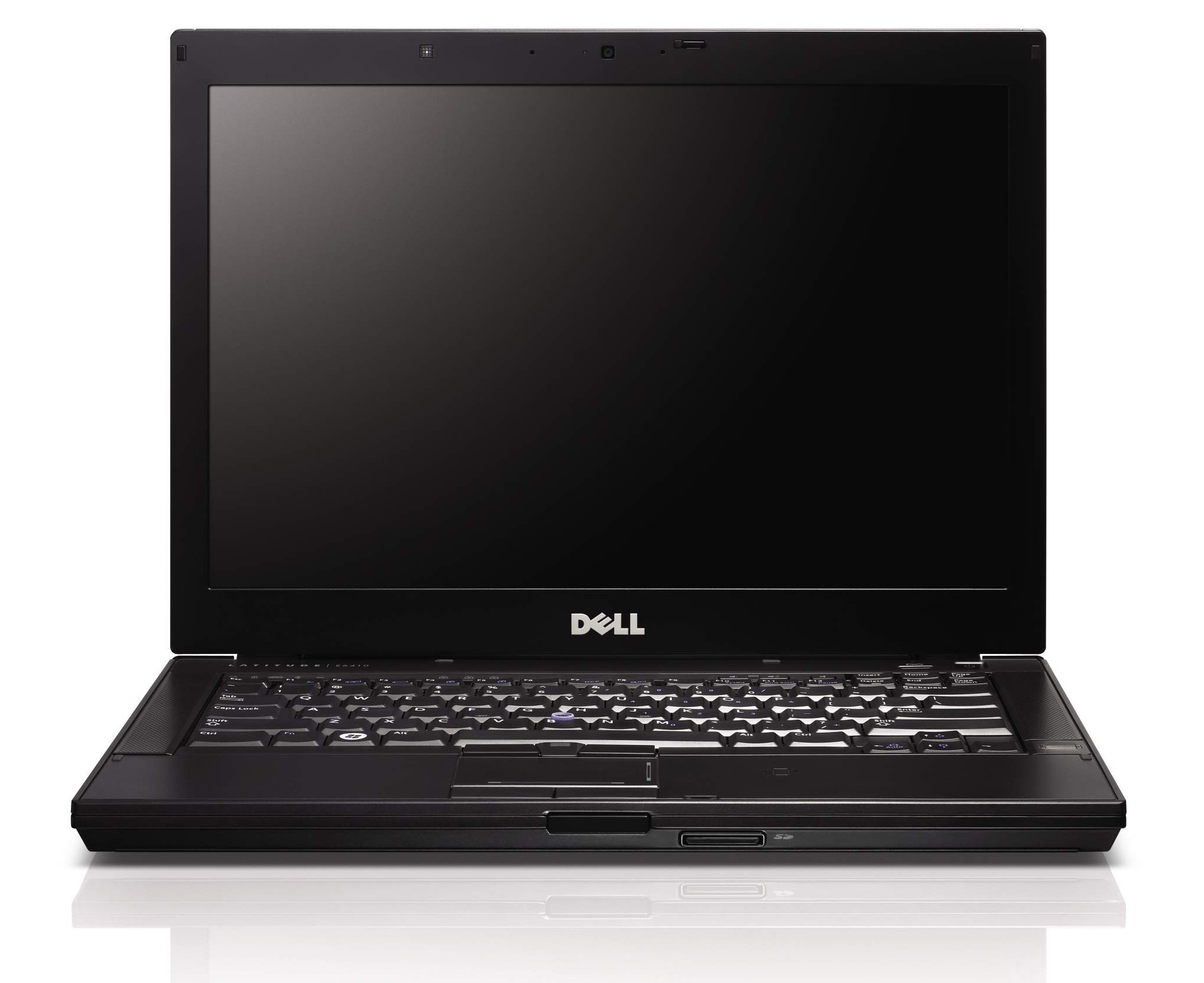
Dell Latitude E6410 I5 520M, máy đẹp ở HCM
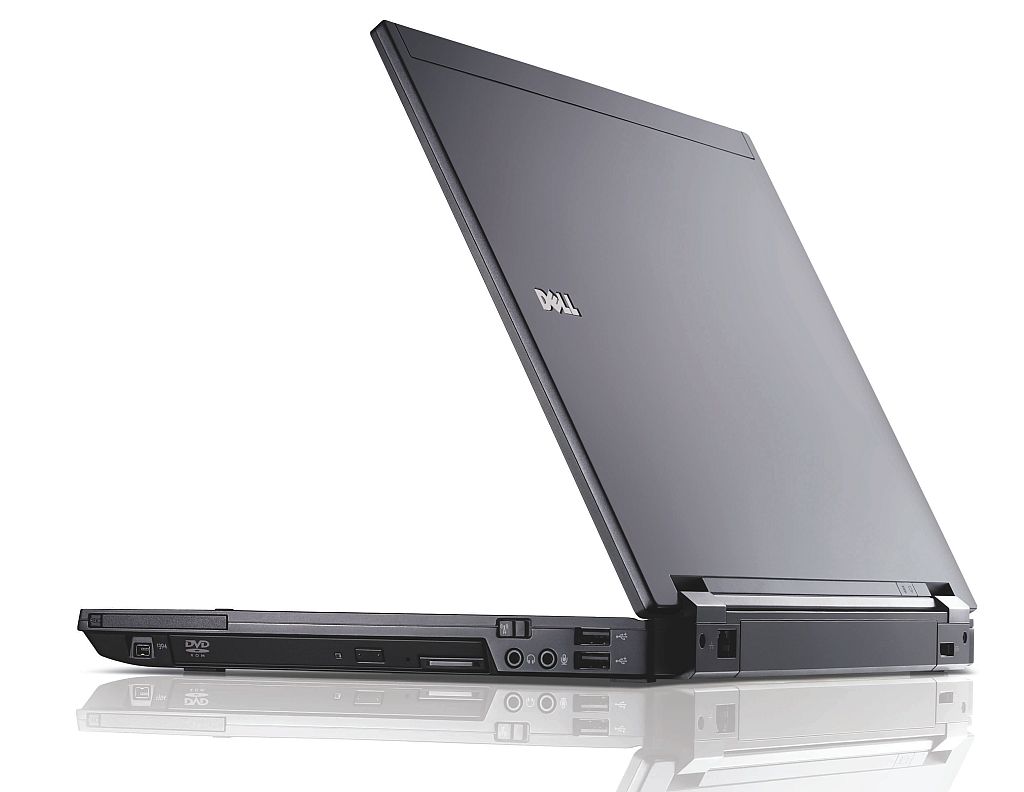
Dell E6410 giá rẻ ở HCM
Case
Apart from configurational differences (fingerprint reader), you”ll see yourself facing the same case in the model at hand, as for instance in the older E6400. Consequently, the latest edition has also inherited all strengths and weakness of the case, available for some time.
An outstanding pro argument is definitely the superior case stability given. You”llonly find metal components on the surface, which also enhances the notebook”s haptic. A look inside the laptop, which by the way is done quickly and easily by removing only a single screw on the base unit”s bottom (the removable cover grants access to all components), also reveals the application of quality materials and metal alloys of the otherwise usually concealed parts. Dell cites a "Tri-Metal casing" in this connection.
The E6410 doesn”t show itself impressed by the selective pressure test. Only unusually high pressure can provoke slight, irrelevant deformations in some areas. The display makes an especially exemplary impression, as it doesn”t allow any image distortions under applied pressure, despite its slim build of merely eight millimeters. In reference to this, we also have to mention the commendable hinges, which are made of one solid piece of metal and always keep the screen in position with the right amount of tension.
Perhaps a few words about the laptop”s design. The Latitude E6410 tries to score with plain, straight forms and thus uses a matt black finish generously. Nevertheless, the silver coated surface, which imitates a brushed metal texture, gives it a certain optical charm in a closed state. The silver hinges and the battery”s silver gray accentuation over the back edge down to the notebooks bottom are also appealing.
Alternately to our "Silver Back Cover" version, there is also a blue and red cover available. They have a surcharge of 25 euro each.
The case”s, perhaps somewhat premature aforementioned, weaknesses remain. Well, the only complaint that the tester has, is the soundscape while handling the notebook. But no need to worry. Apart from a slightly wobbly battery everything fits tight in the case. However, slight clatter noises can turn up when the laptop is placed on a hard surface, which are likely mainly caused by the keyboard.
Configuration
Connectivity
If the current test model is compared to the Latitude E6400 reviewed in November, you”ll be slightly surprised to see that virtually nothing has changed in the scope and type of given ports. If this is to be rated as something positive or less positive is dependent on the individual requirements of every user. On the whole, we can again issue the Latitude E6410 a good rating.
The positioning of the single ports contributes decisively to this verdict. Dell uses the back third of the lateral edges and the rear (despite the centrally placed battery) consistently for the alignment of built-in interfaces. This is again differentiated between mainly permanently used interfaces (LAN, display port, power supply), which are all found on the rear and thus won”t obstruct the work area beside the notebook. The other ports (VGA, 3 USBs, eSATA, Firewire and Audio) are found well visible and distributed over the lateral edges.
Beyond this configuration, Dell”s Latitude E6410 also has a few other, typical business features. The docking port on the case”s bottom would be mentioned here. The E-family”s docking solutions are compatible, starting with the E-Legacy Extender (56.90 euro) over the E-Port up to the E-Port Plus (177.90 euro). This has two DVI and two display ports among other things. Dell states the maximum possible resolution for external devices via the E6410”s digital port with 2560x1600 pixels (32bpp/60Hz).
The E6410 supplies extension options in form of a Media Card Reader (SD, MMC, SDHC, SDHS, miniSD, microSD), a 54mm PC Card or ExpressCard slot on the case”s right side (either/or selection in configuration) and the modular drive bay. The notebook can be equipped with various optical drives (DVD, +/- RW, BD-RE) here. Naturally, an additional battery can be used. Weight can also be easily saved when provided with an according cover (Travel Lite Module).
A HDD adapter, which would make an attractive SSD-HDD combination possible, is unfortunately not available.
Communication
The Latitude E6420 hardly leaves anything to be desired in terms of communication in its configuration options. The most different WLAN modules are available, for example from Intel or Dell”s own. An Intel Centrino Ultimate-N 6300 module was built into our test example, for instance.
An Intel 82577 gigabit Ethernet controller provides for an appropriately fast connection to your home or business network on the wired side. Aside from that, there is also an increasingly rare V.92 modem optionally available. It wasn”t built into our test device and the corresponding RJ-11 port was closed with a cover.
But as if that”s not enough. Bluetooth (v3.0) can also be ordered in the configuration, but, is usually already built-in ex-factory. It looks different in regards tomobile internet broadband, which is available for the E6410 according to the data sheet (Dell Wireless 5620 (EVDO+HSPA+AGPS) or Dell Wireless 5540 (HSPA+AGPS)), but isn”t listed in the online shop. A configuration by telephone could help here, if required.
The configuration with WiMax 802.16e should rather be of interest for customers in the United States.
Security
The Latitude E6410 has a range of security features, which makes the notebook especially interesting for professional users and major customers. Not seen very often, for instance, is the SmartCard Reader. The contactless reading of a SmartCard is also supported, whereas the correlating field is also accordingly marked on the touchpad”s right.
A fingerprint reader can also be ordered optionally. The FIPS Reader with an enhanced security standard is only available for the E6510 according to Dell. TheTrusted Platform Module (TPM) and a Kensington lock belong to the standard hardware configuration.
Of course, guarantee and warranty belong to security matters. A three year onsite service for the next workday belongs to Dell”s basics for business notebooks. Upgrades in regards to range of service are also possible, but the warranty is limited to three years according to information in the shop. Additionally, various services such as data recovery, data deletion, battery service and an accident insurance in the most different variations for up to 3 years can be ordered.
Input Devices
Dell Latitude ON
Like most various systems of other manufacturers, the Dell Latitude/Always ON is supposed to grant a faster access to various data and functions as it would be possible when the entire system is booted. This seems reasonable for slow systems, but what does it look like for powerful configurations like the E6420 at hand?
Our stop watch measured about 20 seconds until the login screen with Dell”s Always ON appears at start up. Then a few second pass by again before the working surface appears, after entering the password.
Now the comparison run: If the system is rebooted from a shutdown state, a bit more than 30 seconds pass by before Windows is available for other tasks.
Display
Dell still has two different display alternatives available for its 14 inch Latitude. Two 16:10 screens with a resolution of 1280x800 or 1440x900 pixels can be chosen from. Both models are LED screens with a matt display surface. Dell charges an additional 70 euro for the WXGA+ display with a higher resolution in the online shop. Professional users are well advised to sooner choose the WXGA+ screen, already because of the gain of overview on the display (more room to work with multiple windows).
This display was also used in our test device. It was an AUO4147 display to be precise. The maximum assessed brightness was a good 274 cd/m2 in the display”s center area. We could record the lowest brightness in the lower center measuring quadrant (211 cd/m2), which results in an only below average illumination of 77%. Visible dimming couldn”t be observed.
The utilized display also has to accept criticism in terms of contrast. The screen can only reach a maximum contrast ratio of 161:1 with a relatively high black value of 1.7 cd/m2. This is also visible to the naked eye in dark image content, making black look rather grayish.
|
|||||||||||||||||||||||||
Brightness Distribution: 77 %
Center on Battery: 274 cd/m²
Contrast: 161:1 (Black: 1.7 cd/m²)
Performance
As already mentioned in the beginning, Dell”s Latitude E6410 is available in a range of various configurations. Some alternatives aren”t available in the online configurator, so you”ll also have to call in if required. According to the data sheet, the E6410 can be equipped with Intel Core i5 and i7 Arrendale CPUs, so dual-core chips. The strongest available CPU is, therefore, the i7-620m, which is also used in our test device.
You can choose amongst the Intel GMA HD integrated on the processor unit and the dedicated Nvidia NVS 3100M as the graphic card. Whilst, the integrated graphic solution manages basic tasks, i.e. Windows Aero effects and video rendering, the NVS 3100M can provide a bit more performance reserves in terms of 3D representation and in decoding video material.
Nevertheless, the Quadro NVS 3100M is only a starter graphic card that is attuned for professional use in regards to drivers, and therefore has been tested for various CAD applications. But it shouldn”t consequently be overrated in terms of performance capabilities. The power consumption of up to 14W (structurally identical to G210M/G310M) is also contra productive, especially during mobile use of the notebook.
An indicator for the graphic card”s performance is, for example, the OpenGL Shading test in Cinebench R10. The E6410 reaches a good result of 2087 points for the equipment in the configuration we had. In comparison, devices with a NVS 3100M graphics achieve up to 3500 points (Lenovo T510), which represents a bonus of 71%.
Even if it”s rather more aligned on games, the 3DMark from Futuremark also provides information about the performance potential of the utilized graphic card. The notebook takes a place below comparably equipped models with 3356 points in 3DMark 2005. A blatant difference between integrated graphic chips and dedicated graphic solutions can also be seen in the rates. In comparison, the Nvidia NVS 3100M can again take the lead with results up a bit over 7000 points. This represents a plus of over 100%.
| 3DMark 2001SE Standard |
|
10934 points |
| 3DMark 03 Standard |
|
4933 points |
| 3DMark 05 Standard |
|
3356 points |
Aside from the GPU-biased benchmarks, a range of tests for evaluating the application performance is available. The Cinebench Rendering Test, assesses the CPU during rendering a scene with assistance of either only one core/thread or with all available units. As expected, the Core i7-620M CPU takes place in the far front of the statistics in the single-core rendering exercise, as it can overclock a single core up to 3.33 GHz due to Intel Turbo Boost. Thus, even powerful quad-cores can learn to dread.
The tide turns in the multi-core test, though. The i7-620M has four threads available, but the latest Intel Clarksfield chips, for example, can take the lead with over 10000 points due to 8 parallel threads. Nevertheless, the Latitude E6410 also does well in this exercise, especially in view of the compact design, and achieves a respectable result of 7450 points.
Windows 7 performance index, for example, helps assessing the performance balance of utilized components. Aside from top rates for CPU, RAM and hard disk, the graphic solution unsurprisingly turns out to be a possible bottleneck.
Finally, we put the Latitude E6410 through the PCMark Vantage benchmark test, which evaluates the system”s total performance with several different tests. And see there, the notebook almost places itself at the top of all notebooks we have ever reviewed with a proud 9753 points as a total score. Merely gaming machines, like Alienware”s M17x or the mySN XMG8.c, could achieve a marginally better score. Interesting: the Latitude E6410 can also top the convincing Lenovo Thinkpad T410s, however with a Core i5-520M (9047 points) and its bigger brother, the E6510 (also with a SSD).
| PCMark Vantage Result |
|
9753 points |
Emissions
System Noise
As a rule, the choice of especially powerful components can have a negative effect in some areas. The laptop”s noise emissions are an important aspect. Therefore, we were more than surprised when the notebook remained mainly silent in idle mode and simple office load. Every now and again, the fan started up at a still very low level of 32.7 dB(A) and ran for a few minutes to only finally fall silent for a longer time.
Even a consistent utilization of the main components in the stress test only increased the noise level to a still acceptable 35.5 dB(A). DVD rendering runs just as pleasantly quiet with 35.4 dB(A).
Noise Level
| Idle |
|
28.6 / 28.6 / 32.7 dB(A)
|
|||
| HDD |
|
28.6 dB(A) | |||
| DVD |
|
35.7 / 47.4 dB(A) | |||
| Load |
|
34.6 / 35.5 dB(A) | |||
 |
|||||
|
30 dB
silent
40 dB(A)
audible
50 dB(A)
loud |
|||||
|
min:
|
|||||
Temperature
The idea to accept a somewhat warmer case in favor of a lower system noise is principally alright, but doesn”t really apply to the Dell Latitude E6410. The case always remained within a green field with surface temperatures of a bit under or over 30°C in idle mode over several hours.
We first recorded a maximum laptop temperature of 42.7°C on the base unit”s bottom, and 38.1°C in the keyboard”s center in the stress test. Subjectively, the notebook already gets noticeably warm here, but this extreme situation represents an exceptional situation which will hardly be met in practical use.
The CPU achieved a maximum temperature of 85°C and thus remains significantly below the maximum admissible rate. Both CPU cores ran constantly with 2.66 GHz without noticeable throttle-breakdowns under load.
Battery Life
Aside from the used components, the battery life is also directly linked to the single battery used. Dell has a whole range of battery solution for the Latitude E6410. For example, choosing a 3 cell (37Wh), 6 cell (60Wh) and a 9 cell 90Wh main battery is possible. Beyond that, the notebook can be extended by a capacity of 88 Wh with an additional battery, which is docked to the laptop”s bottom ("extended battery slice"). Price: 299 dollars. Alternately, there is also a battery for the modular drive bay available - 48Wh for 135 dollars. Interestingly, both options are only currently listed in the US American version of the online shop.
Theoretically, the Dell Latitude can be upgraded to be an endurance machine with the aforesaid options. But it”s not cheap. Our test device had the 6 cell battery intended for the standard configuration and was flush on the rear. The 9 cell battery with 50% more capacity (the runtimes also range in this field) is currently priced with a surcharge of 65 euro, and should be considered by mobile users in any case.
Our test configuration achieved 325 minutes, so almost 6.5 hours, in the maximum possible battery life test (BatteryEater Reader”s test). The "worst case scenario", so operating under load, is simulated with the BatteryEater Classic test and indicates 72 minutes of battery runtime for the laptop.
The notebook achieved a good runtime of 262 minutes in a true-to-life WLAN surf use with selected energy savings mode and slightly reduced brightness. We looked at various websites enhanced with flash animations and the odd video playing for this test. The DVD rendering test turned out a bit disappointing. Merely 115 minutes could be recorded, which is just enough for a short Hollywood movie.
| Idle (without WLAN, min brightness) |
|
5h 25min |
| WiFi Surfing |
|
4h 22min |
| DVD |
|
1h 55min |
| Load (maximum brightness) |
|
1h 12min |
The already obvious difference between the minimum and maximum battery life gets even more evident in the analysis of the notebook”s power consumption. The notebook only treats itself to 8.6W in optimal settings (min. display brightness, communication modules off, energy savings mode). The power consumption is within a range of 12 and 18W in the usual office mode.
We could record a maximum power consumption of 53.7W under CPU and graphic chip load. The 90W adapter can thus cope with that easily. Even its maximum temperature of 51.4°C is okay.
Verdict
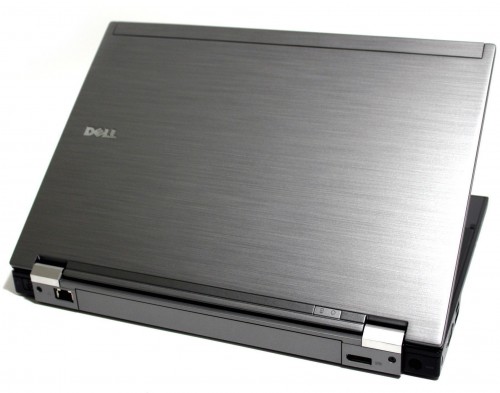





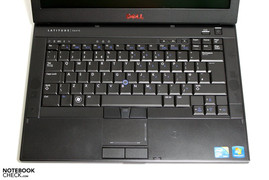
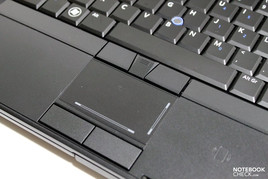

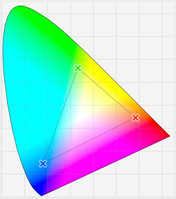
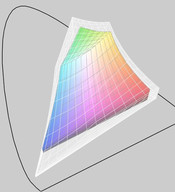
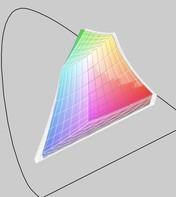
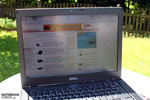
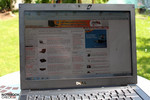
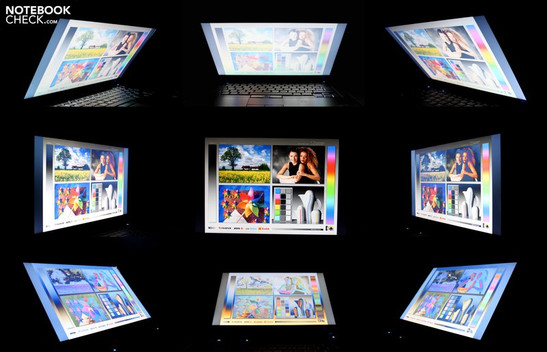
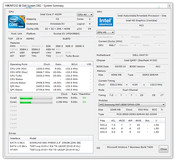
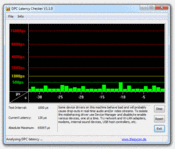
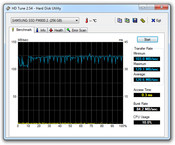

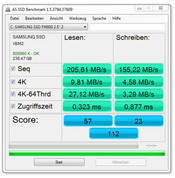
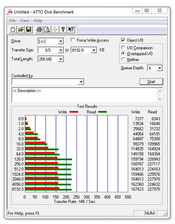
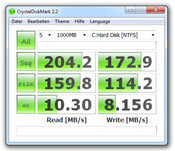
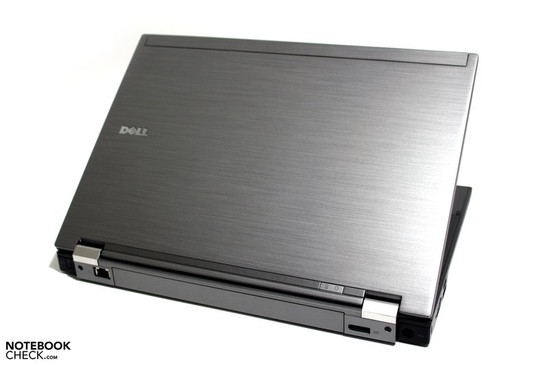









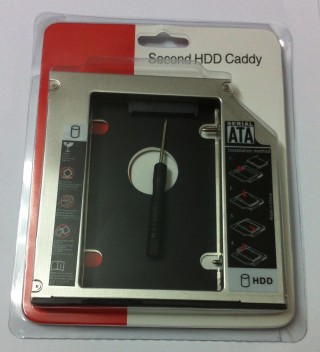
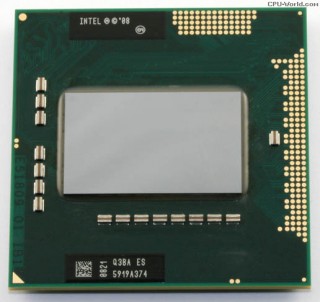


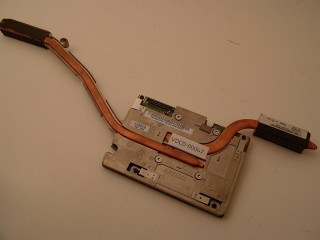
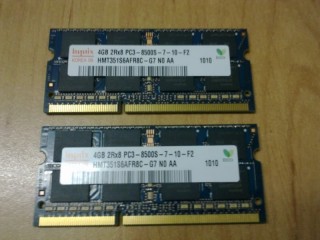

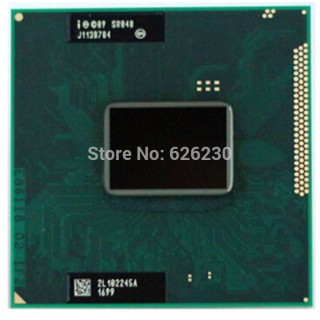
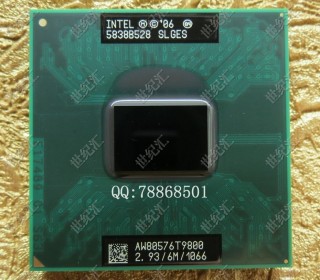

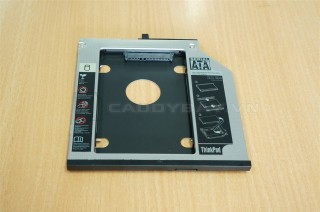
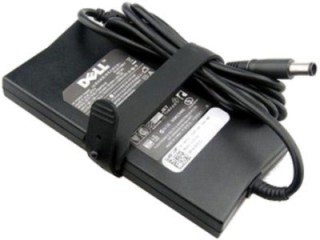
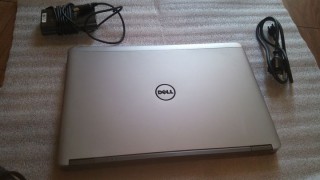
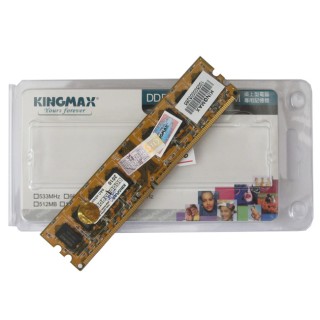
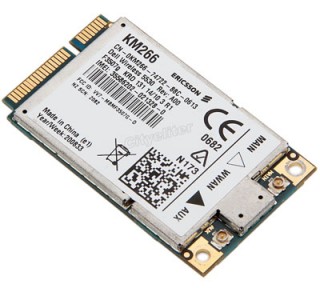



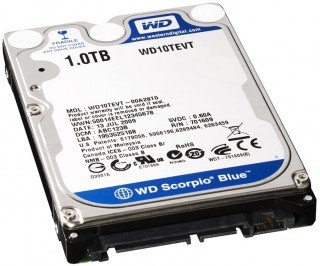
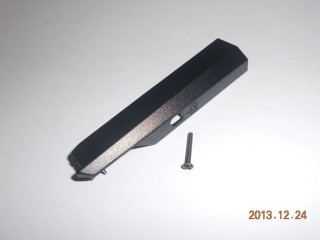

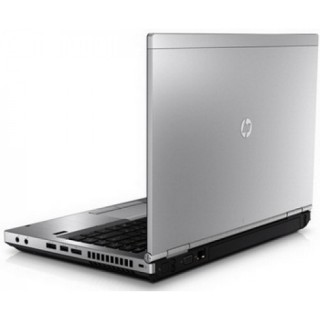
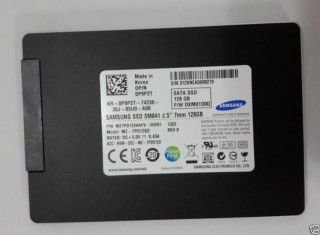
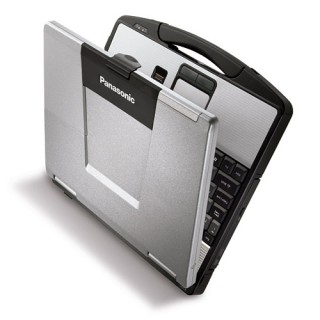
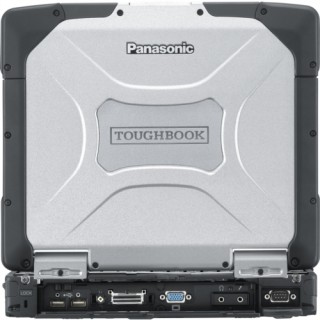
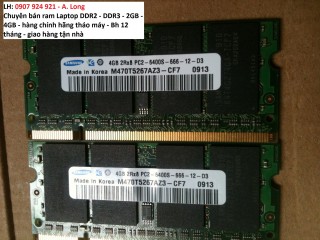

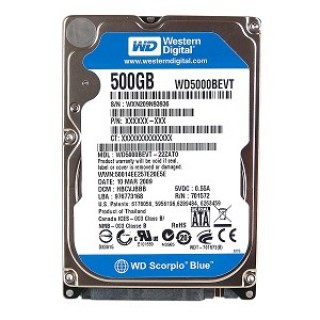
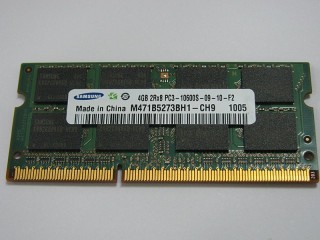
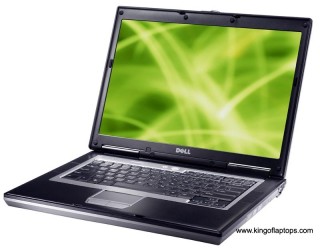
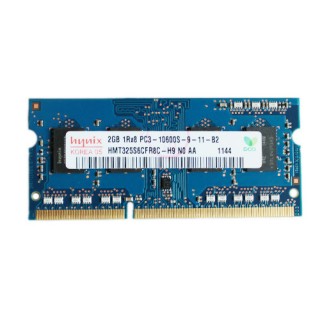
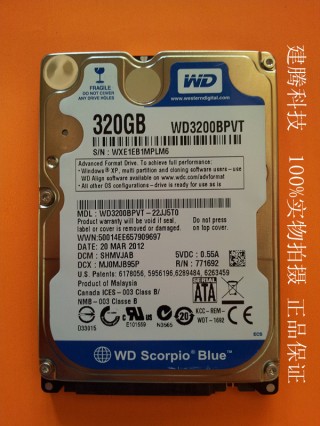

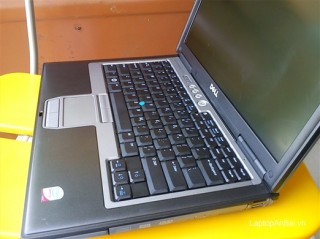
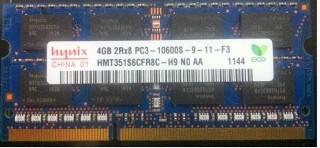

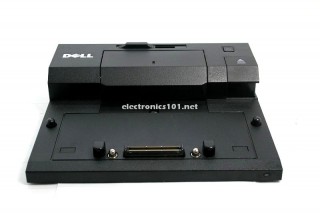


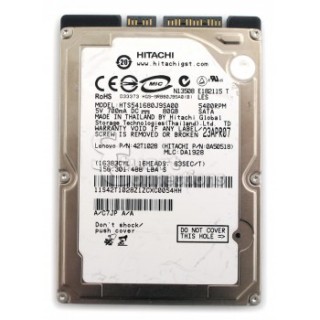
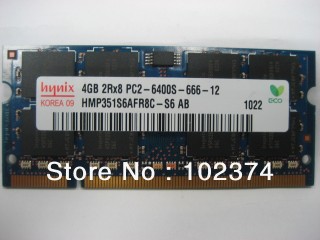
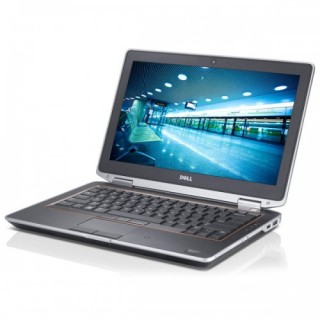

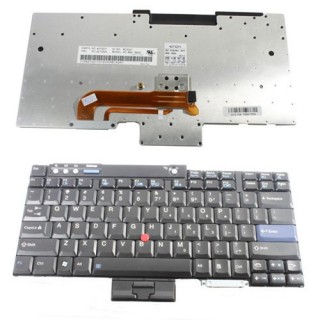

Gửi bình luận của bạn